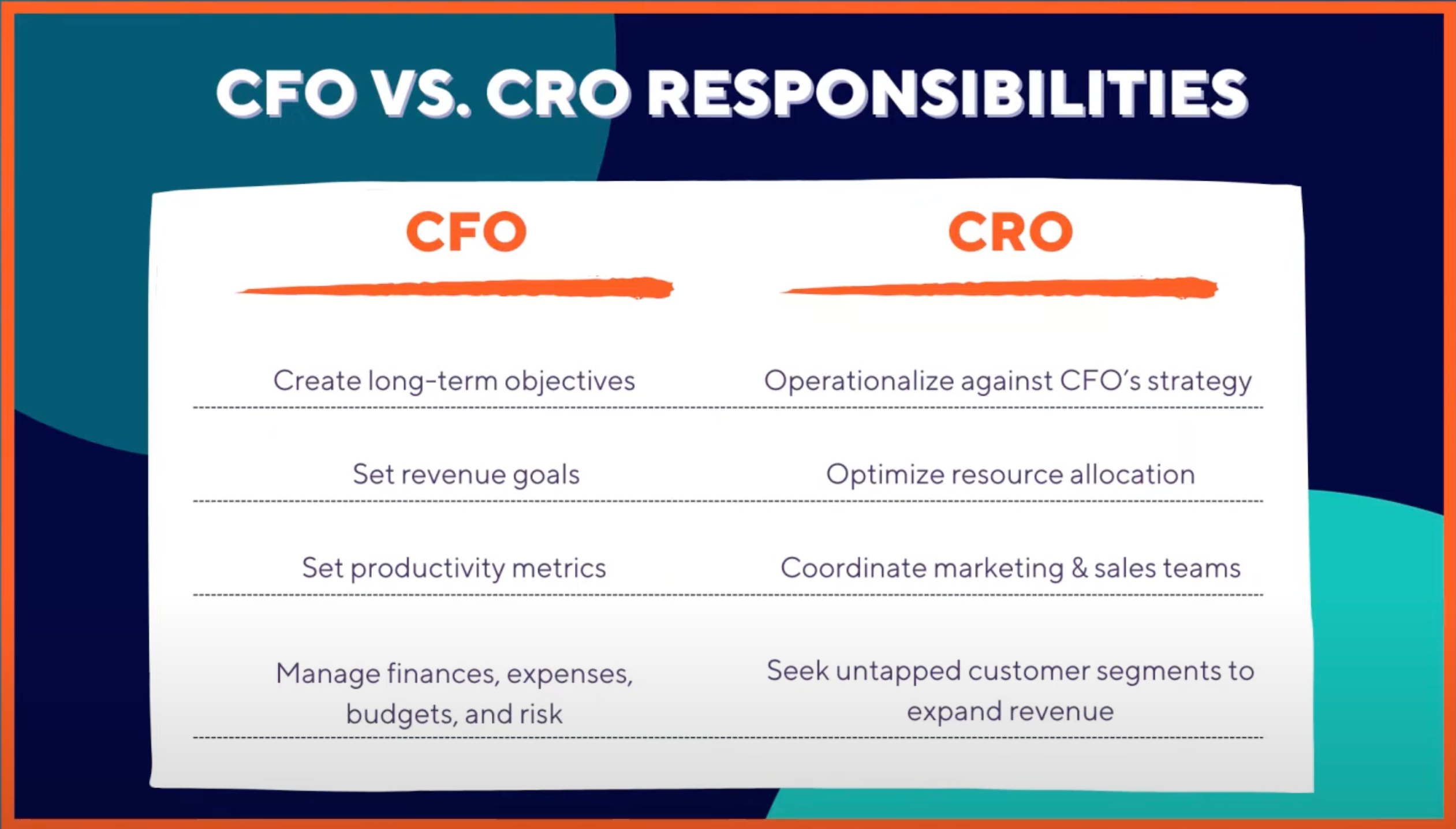You may have heard the titles ‘CRO’ and ‘CEO’ being thrown around in the business world, often used interchangeably. However, have you ever stopped to truly understand the stark differences between a Chief Revenue Officer and a Chief Executive Officer? The distinction between the two roles goes beyond mere semantics and delves into the core functions and impact each has on the organization. Let’s explore the intricacies of what sets a CRO apart from a CEO and how their collaboration can shape the success of a company. Read CRO In India
Key Responsibilities of a CRO
- In the realm of corporate governance, the Chief Risk Officer (CRO) shoulders the critical responsibility of overseeing and managing an organization’s risk management framework. The CRO plays a pivotal role in strategic planning by identifying, assessing, and prioritizing risks that could impact the organization’s objectives. Through strategic planning, the CRO ensures that the organization is well-prepared to navigate potential risks and capitalize on opportunities effectively.
- Moreover, the CRO is instrumental in revenue optimization by implementing risk management strategies that safeguard the organization’s financial interests. By proactively identifying and addressing risks that could affect revenue streams, the CRO contributes to maximizing profitability and sustainable growth. Through thorough risk assessments and mitigation plans, the CRO helps the organization in making informed decisions that support revenue generation and long-term financial success.
Qualifications and Skill Sets Required
- Possessing a combination of specialized knowledge and practical experience is crucial for individuals aspiring to excel as a Chief Risk Officer (CRO). Qualifications for a CRO often include advanced degrees in areas such as finance, economics, or risk management. Experience in risk assessment, financial analysis, and regulatory compliance is highly valued. Additionally, certifications like the Financial Risk Manager (FRM) or Chartered Financial Analyst (CFA) can enhance credibility in the field.
- Skills required for a CRO role encompass a deep understanding of risk management principles, strong analytical capabilities, and the ability to interpret complex data. Expertise in developing risk mitigation strategies and implementing risk management frameworks is essential. Leadership skills are paramount for a CRO to effectively communicate risk-related information to stakeholders, guide teams in identifying potential threats, and make informed decisions to safeguard the organization’s interests. Continuous learning and staying abreast of industry developments are vital to maintaining the proficiency needed to succeed as a CRO.
Decision-Making Authority and Scope
- With regards to decision-making authority and scope, the Chief Risk Officer (CRO) holds a pivotal role in assessing and managing risks within an organization. Within the decision-making dynamics of a company, the CRO focuses on identifying, evaluating, and mitigating risks that could impact the company’s objectives and operations. This involves working closely with executives, the CEO, and other key stakeholders to ensure that risk management strategies align with the company’s goals and values.
- In terms of company hierarchy, the CRO typically reports directly to the CEO or the Board of Directors, highlighting the importance of the role in strategic planning and operational execution. The CRO’s decisions and recommendations play a crucial part in shaping the organization’s risk appetite, governance structures, and overall risk management framework. By having a dedicated executive focused on risk, companies can enhance their resilience, adaptability, and long-term sustainability in an increasingly complex business environment.

Collaboration Between CRO and CEO
- Effective collaboration between you, as the CRO, and the CEO is essential for strategic alignment and robust risk management practices within your organization. Your collaboration dynamics play a crucial role in ensuring that risk management strategies are aligned with the overall strategic goals of the company.
- Strategic alignment between the CRO and CEO is vital to ensure that risk management efforts are integrated seamlessly into the organization’s overarching objectives. By fostering open communication and alignment on goals, both parties can work together to identify, assess, and mitigate risks effectively.
- Collaboration between the CRO and CEO enables a holistic approach to risk management, where insights from both the operational and executive levels are considered. This collaborative effort allows for a comprehensive understanding of risks across the organization, leading to more informed decision-making processes.
Impact on Company Performance and Growth
- Maximizing company performance and fostering sustainable growth heavily relies on the collaborative efforts and strategic alignment between the Chief Risk Officer (CRO) and the CEO. The CRO plays a vital role in evaluating and mitigating risks that could impede growth, while the CEO focuses on overall strategic direction and execution. By working hand in hand, they can ensure that the company operates efficiently and seizes growth opportunities.
- Performance metrics are crucial in assessing the effectiveness of business strategies. The CRO can provide insights into risk-adjusted performance metrics, enabling the CEO to make informed decisions. Competitor analysis conducted by the CRO helps the CEO understand market dynamics and adapt strategies to gain a competitive edge.
- Market trends and customer feedback are essential factors that impact company performance and growth. The CRO can analyze market trends to anticipate changes and risks, while the CEO leverages customer feedback to drive product innovation and enhance customer satisfaction. Together, their collaboration enhances decision-making processes and drives the company towards success.
Conclusion
In conclusion, while both the Chief Revenue Officer (CRO) and Chief Executive Officer (CEO) play crucial roles in a company’s success, they’ve distinct responsibilities and areas of focus. The CRO is focused on revenue generation and sales strategies, while the CEO oversees the overall direction and strategy of the company. By working collaboratively and leveraging each other’s strengths, the CRO and CEO can drive company performance and growth to new heights.